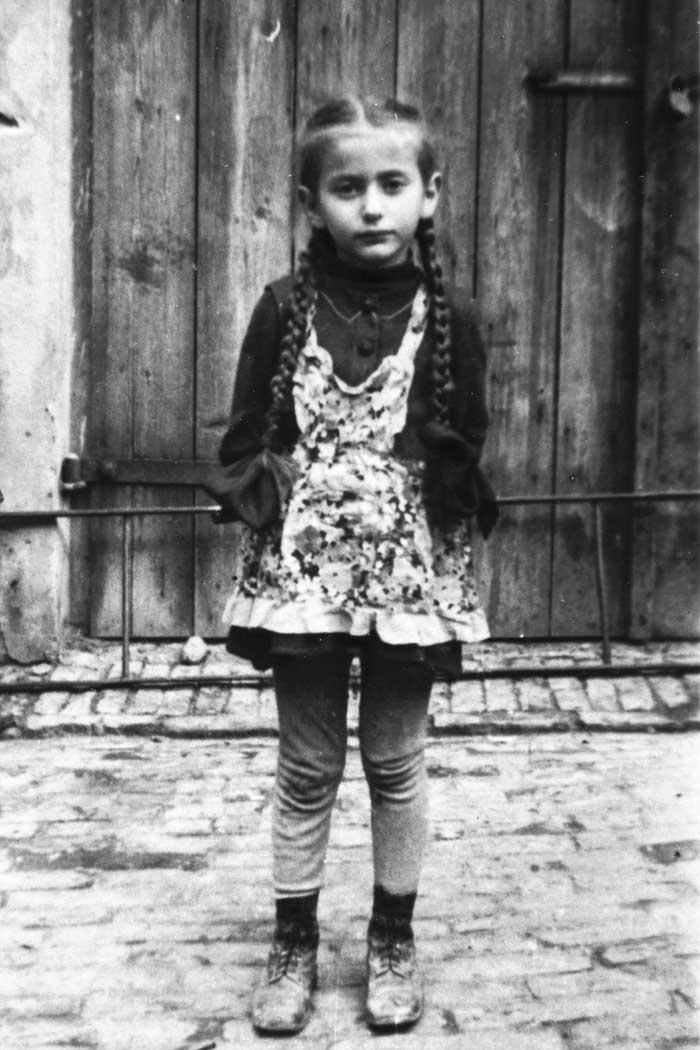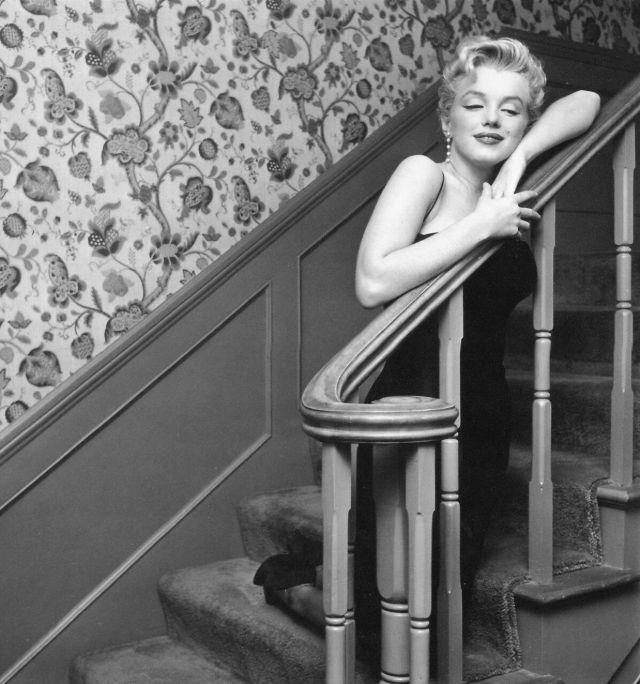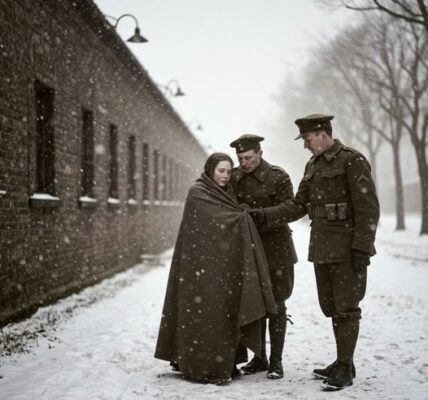The Broken Doll — Warsaw Ghetto, 1942
In the heart of Warsaw, where the cobblestone streets once echoed with laughter, life was reduced to whispers, hunger, and silence. The year was 1942, and behind the crumbling walls of the Warsaw Ghetto, childhood was a memory fading faster than the light of day.
Among the thousands of children trapped in that suffocating prison, there was a little girl who clutched a broken doll. It was cracked, its porcelain face marked by years of wear, and one of its arms was gone. To many, it was nothing more than trash — a worthless toy in a world where survival demanded bread, not sentiment.
But to her, the doll was not broken. It was a survivor.
The girl’s name has been lost to history, like so many others swallowed by the cruelty of the Holocaust. Yet her presence lingers in the memory of survivors who once saw her walking through the narrow alleys of the ghetto, clutching the doll to her chest as if it were her own heartbeat.
Other children teased her sometimes. “Why carry something so ugly?” they asked, pointing to the cracked face and the missing limb. But the girl would shake her head and whisper, “She’s like us — she lost something, but she’s still here.”
That small, battered figure became more than a toy. It was a mirror of the child’s own soul — wounded, yet unyielding.
Life in the Warsaw Ghetto was defined by hunger and despair. More than 400,000 Jews were crammed into a space of just 1.3 square miles. Disease spread faster than rumors. Children, their bellies empty, scavenged through garbage heaps, searching for crumbs.
The doll became her shield against the unbearable. When the cold nights made the walls of the ghetto seem like they were closing in, she would hold it tight and whisper promises into its ear:
“Tomorrow will be better. Tomorrow, we will eat. Tomorrow, Mama will smile again.”
Each whisper was a prayer disguised as play, a fragile act of hope in a world that offered none.
Historians often describe the Holocaust in numbers — six million Jews, one and a half million children. But numbers cannot carry the weight of a single doll held by a single child.
That doll, cracked and scarred, stood as a symbol of human resilience. It reminded us that even when stripped of food, warmth, and dignity, the human spirit clings to fragments of love.
The girl’s doll was not worthless. It was priceless — a testament that even in the darkest place, innocence and imagination could not be destroyed.
In July 1942, the Nazis began mass deportations from the Warsaw Ghetto to Treblinka extermination camp. Families were torn apart in the streets, mothers clutching infants, fathers begging for mercy, children screaming as soldiers barked orders.
That day came for the little girl too. She was herded into the crowd with her parents, her small arms clutching the doll tightly. The chaos was deafening. Soldiers pushed, dogs barked, people stumbled.
In the confusion, the doll slipped from her grasp. It fell onto the cobblestones, its cracked face staring upward. The girl reached for it, but the crush of bodies carried her away. Her cries were lost in the roar of the deportation.
When the trains left, silence returned to the street. The doll lay alone in the dust.
Neighbors who survived later remembered seeing the doll lying abandoned, a ghost of the child who once carried it. For days, it remained there, untouched, as if waiting. Eventually, someone picked it up and placed it on a windowsill, where it sat like a silent witness to tragedy.
That doll became more than a child’s lost toy. It became a haunting echo of a life cut short, a fragment of innocence that the Holocaust tried but failed to erase.
Today, when visitors walk through the exhibits of Holocaust museums in New York, Washington D.C., or Jerusalem, they sometimes stop at the display cases that hold children’s shoes, dolls, or faded photographs. These objects are not mere artifacts — they are voices.
The broken doll of Warsaw is one of those voices. It speaks to us across decades, reminding us that history is not about numbers but about lives. It asks us to remember not only the horrors of genocide but also the resilience of those who endured even for a brief moment.
In a modern world where wars still tear apart families and where children continue to be displaced by violence, the story of the broken doll remains painfully relevant. It teaches us that every child deserves safety, dignity, and the right to hold onto their innocence.
The doll reminds us that brokenness is not the end. Even in pieces, it carried meaning. Even shattered, it held hope.
The image of a child clutching a broken doll in the Warsaw Ghetto is more than a story; it’s a legacy. It reminds us that the Holocaust was not only the destruction of millions but also the silencing of laughter, the cutting short of bedtime stories, the dropping of dolls into the dust.
But the doll, like memory itself, endures. It whispers still: “She’s like us — she lost something, but she’s still here.”





